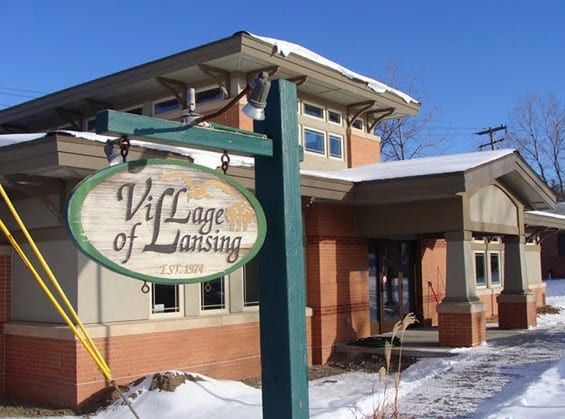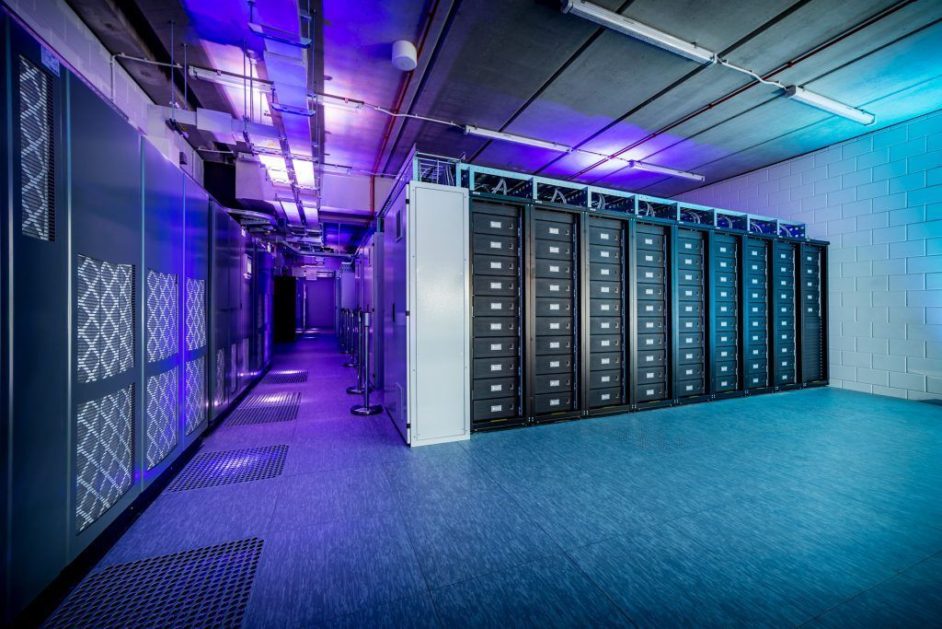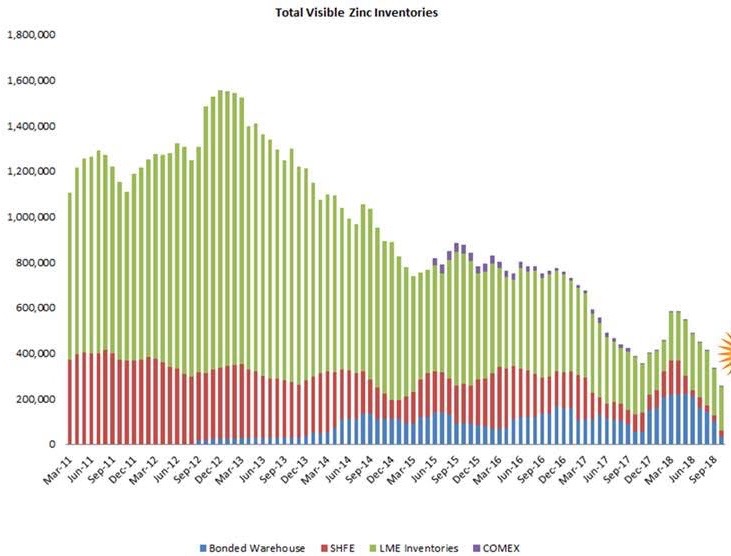
The Village of Lansing Planning Board voted unanimously Monday to grant New York State Electric & Gas (NYSEG) a special permit to erect a lithium-ion Battery Electric Storage System (BESS) on Brentwood Road. The 477 kilowatt Brentwood project is one of two storage battery projects NYSEG has proposed. Company representative Mark Kirschbaum says battery installations, provided by Tesla, will help reduce peak loads, save NYSEG money by reducing the need for new capital projects, and save customers money by reducing the amount of power they need from the grid during peak usage hours.
“The installation on Brentwood Drive is what we call our Circuit Deployed system,” Kirschbaum says. “It will be connected directly to our poles and wires on our distribution system. We’ll utilize it to simulate peak reduction. Hypothetically during the high load periods a circuit can get overloaded because everybody comes in and turns on their air conditioning. During those peak periods this would keep the load down on the system and it would defer some capital investments that would have been needed to meet that peak load.”
energysmart tompkinsmap200A second project will place smaller battery units at private residences to reduce select customers’ peak electric usage. The units will be installed ‘behind the meter’ on customers’ property and connected to their electric system. During the two year study eight customers whose homes are located within NYSEG’s Energy Smart Community — which encompasses much of Lansing and portions of Ithaca and Dryden — will have batteries installed, two this year and another six next year. The program uses a number of emerging technologies to reduce peak usage and costs to NYSEG and customers alike.
“The main use case of that is when the customer’s electric use goes up, that could draw the ‘demand’ portion of the bill up,” Kirschbaum explains. “This would discharge the battery to maintain that demand portion of the bill at a lower level, saving the customer money.”
The Planning Board held off on approving a special permit for the second project Monday because a Section 239 planning review by Tompkins County Department of Planning and Sustainability had not yet been received.
NYSEG’s BESS projects are in response to Governor Andrew Cuomo’s REV (Reforming Electric Vision) process, which seeks a 40% reduction in greenhouse gas emissions from 1990 levels, 50% of electricity come produced by renewable sources, and a 600 trillion Btu increase in statewide energy efficiency by 2030. It also aims to make energy more affordable for all New Yorkers, support the growth of clean energy innovation, and cut greenhouse gas emissions 80% by 2050. NYSEG’s installations are a two-year pilot project aimed at collecting data on the new technology and experience integrating it with existing technology.
“As part of the Governor’s REV (Reforming Electric Vision) process the Public Service Commission (PSC) has asked all utilities in the State of New York to install two battery storage systems to gain experience in utilizing these battery storage systems on the electric grid,” Kirschbaum says. “Anticipating that, in the future, this is a technology coming up, so we all gain some experience utilizing it.”
Tesla’s largest BESS project is a 1.1GWh project in partnership ith California’s Pacific Gas & Electric (PG&E) that will be the world’s largest lithium-ion battery. The company also won a 2017 bid to produce a 129-megawatt BESS unit, estimated at $50 million, to be used to provide electricity to a large portion of of South Australia. By comparison the Village of Lansing project is quite small, but could lead to more and/or larger installations if the pilot project is successful.
The Brentwood Drive unit will produce 477 kilowatts (kW), and almost 1900 kilowatt hours (kWh). The entire footprint of the installation will be about 3,700 square feet. There is no building involved. The batteries will enclosed in weather-proof cases, mounted on a concrete slab, along side of NYSEG’s right of way for its transmission distribution line.
While the two NYSEG projects are experiments, they will also be connected to the power grid system. NYSEG calls the BESS on Brentwood is a Circuit Deployed system. It will be connected directly to the company’s poles and wires on the distribution system.
“We’ll utilize it to simulate peak reduction. Hypothetically during the high load periods a circuit can get overloaded because everybody comes in and turns on their air conditioning. During those peak periods this would keep the load down on the system and it would defer some capital investments that would have been needed to meet that peak load. They will be operational. We’re going to run use cases to gain experience and knowledge of how to utilize these systems for the various use cases that are going to be tested.”
Planning Board members added conditions to address two concerns — providing for the eventual decommissioning of the site (returning the property to its original form in the event that the project is halted), and emergency response training . Planning Board Chairwoman Lisa Schleelein said lithium batteries have been known to catch fire, but are extinguished differently from more common kinds of fire.
“I understand that ‘the’ concern with lithium,” she said.
A Tesla representative said his company has prepared a 16 page booklet for emergency responders, and said training would be offered to Lansing firefighters. Village Attorney William Troy said that due to the nature of how local volunteer fire departments work, it would be prudent to widen the scope of that training to nearby local fire departments including Cayuga Heights, Dryden, and the Airport fire departments, as well as the Tompkins County (911) Emergency Response Center, and the Sheriff’s office, among others. He said that a ‘thermal runaway event’ is contained within the cabinets the best course of action is to let it burn out, but if flames extend outside that water is the best deterrent. He noted that first responders would typically call NYSEG when faced with emergencies at their specialized equipment sites.
Schleelein said she would also like a copy of the booklet sent to Village Code Enforcement/Zoning Officer Stormwater Management Officer Mike Scott, and requested that Village officials be informed about progress with the experiment.
“I would like to hear from you in a year as to how things are going,” she said. “It sounds like, hopefully, this will be successful, but we’d like to know how things are progressing and whether you have plans for more of these in our area.”
Kirschbaum said NYSEG would work with the PSC on any future plans, but said the company would provide a ‘health report’ to the Village.
After an environmental review, the Planning Board voted to issue the special permit, 4-0.





